Comprehensive Analysis: Diabetes and the Impact of Wearable Technology
VerifiedAdded on 2022/10/11
|5
|1034
|8
Report
AI Summary
This report provides an overview of the current research on wearable technology in diabetes management. It synthesizes findings from various studies, including those by Hardy et al. (2018), Cheng and Mitomo (2017), Schwartz et al. (2018), and others, to assess the impact of wearable devices on patient monitoring, glucose level prediction, and overall patient safety. The studies highlight the benefits of smart devices in providing real-time data, improving treatment, and enhancing patient outcomes, while also touching upon the challenges and factors influencing the adoption of such technologies in healthcare settings. The report emphasizes the increasing prevalence of chronic illnesses and the role of wearable technology in addressing the need for continuous patient monitoring, improved healthcare delivery, and strategies for enhancing patient safety. This report underscores the significance of wearable devices in diabetes care, addressing their potential to transform healthcare by providing efficient monitoring and promoting proactive patient management.
1 out of 5
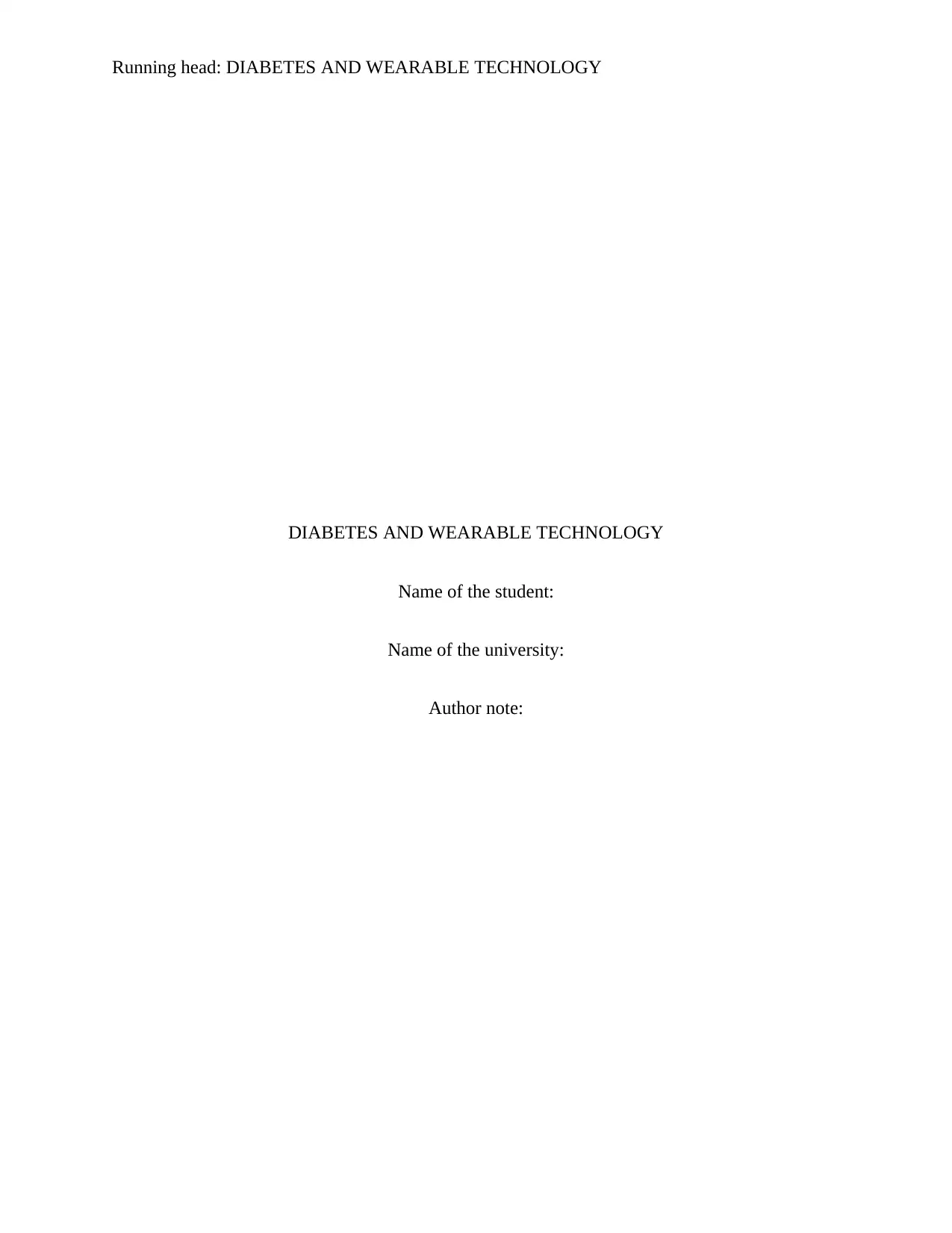
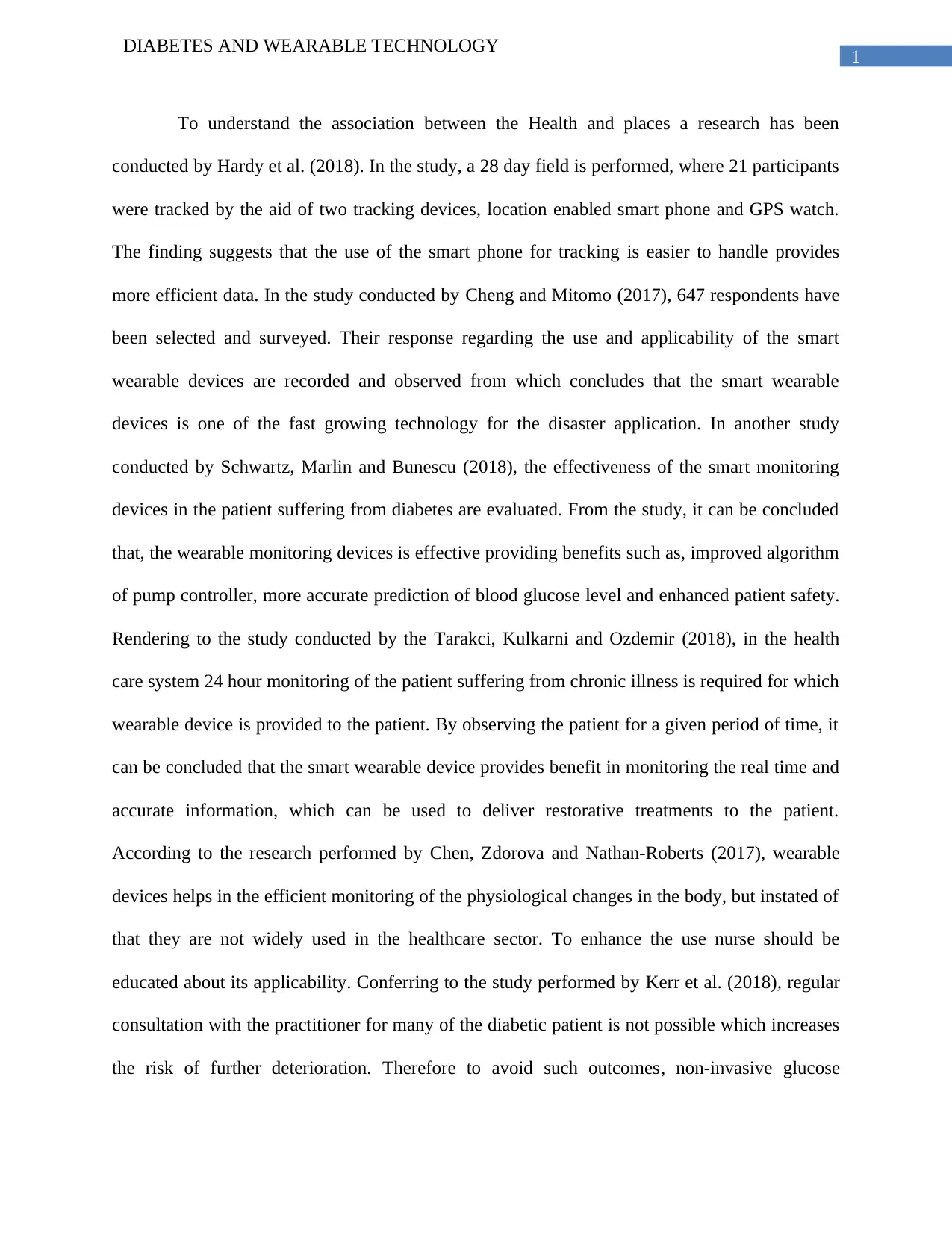
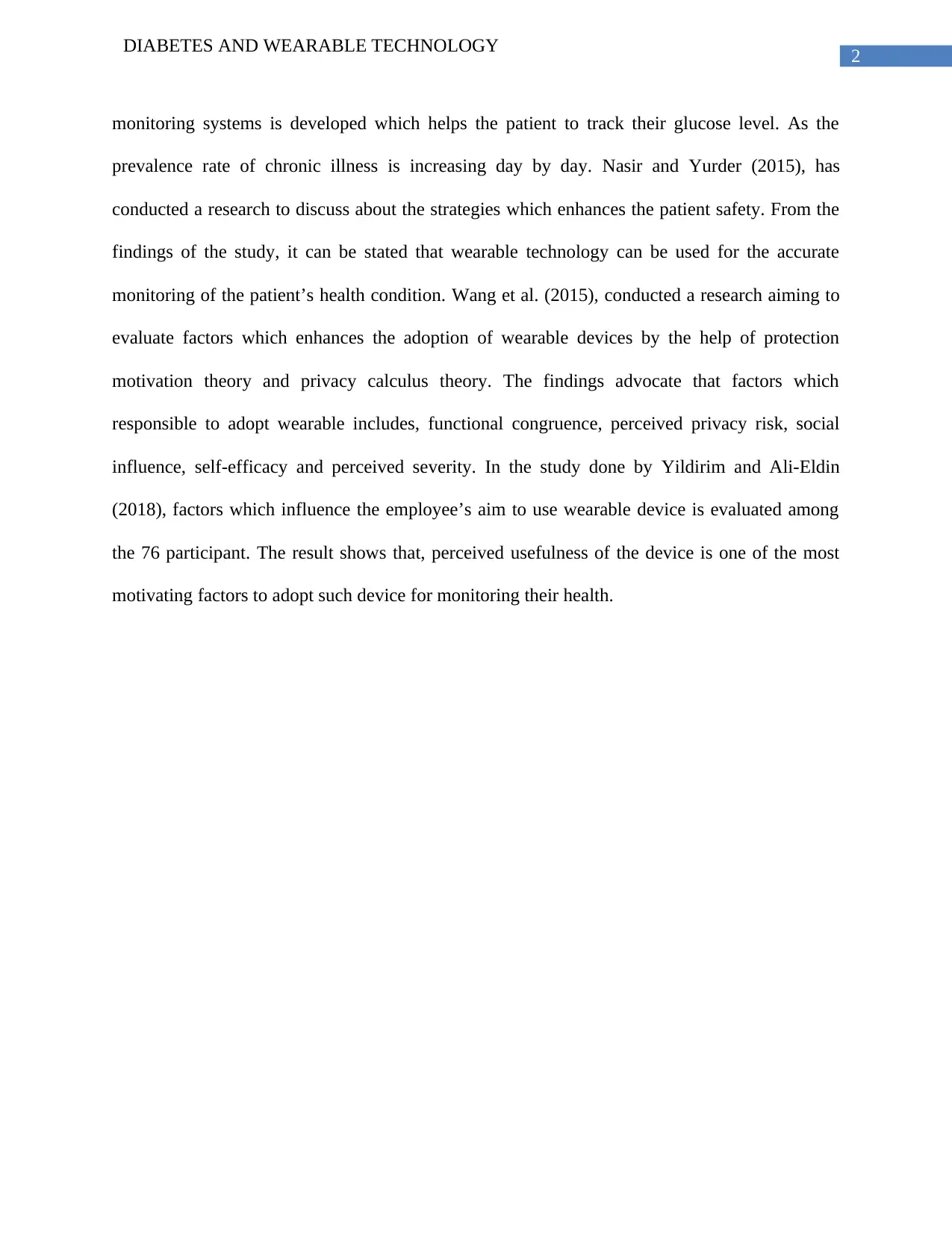

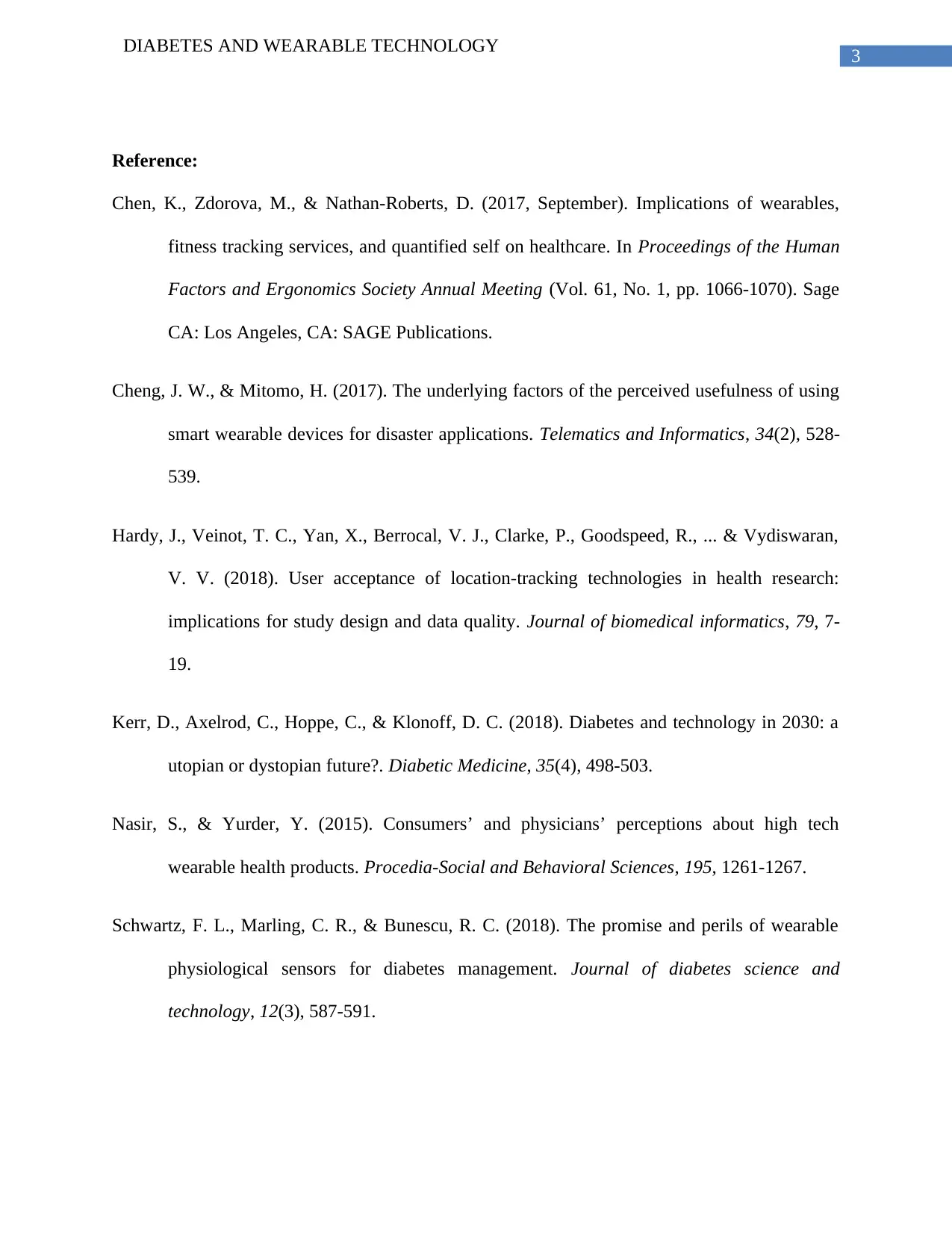
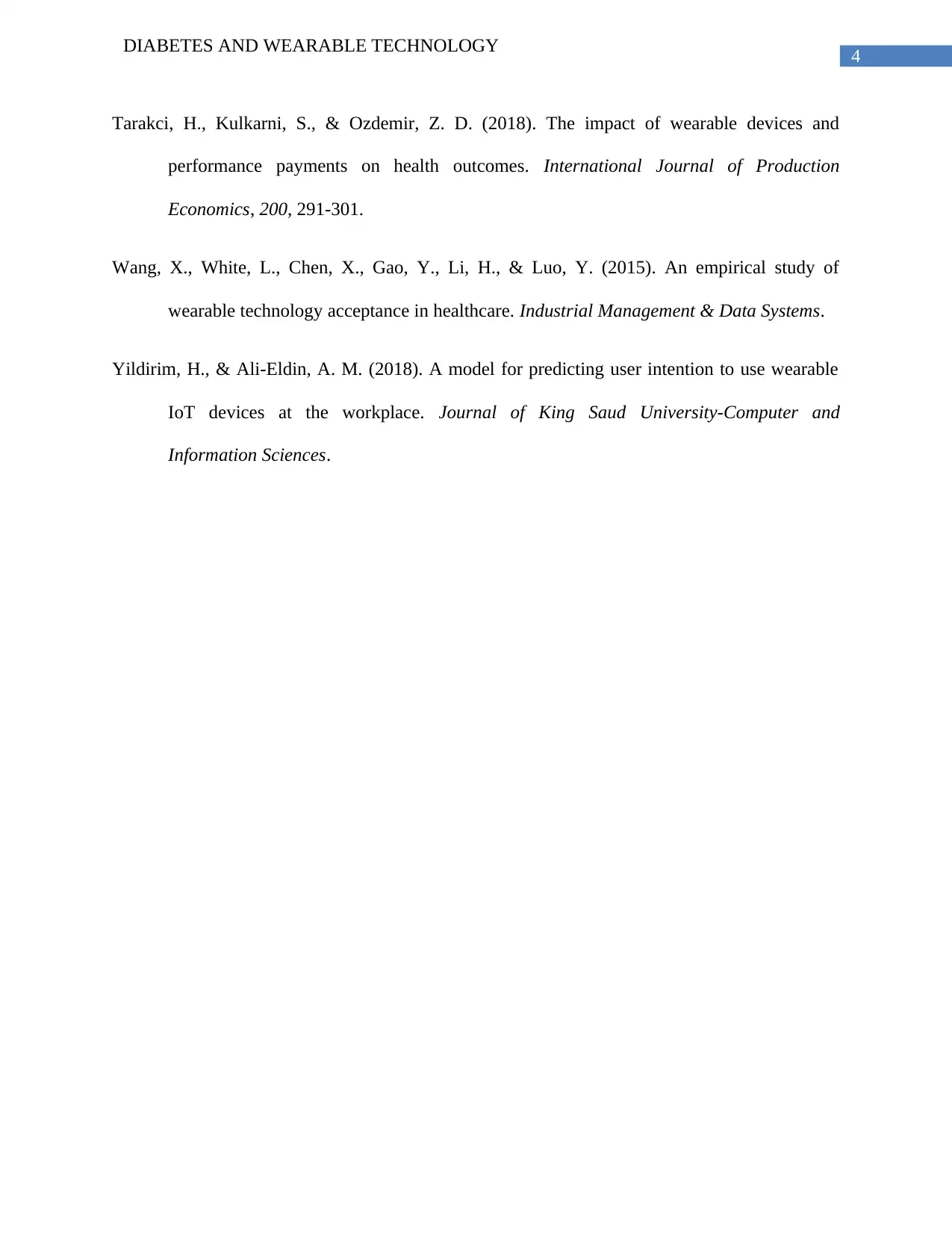






![[object Object]](/_next/static/media/star-bottom.7253800d.svg)